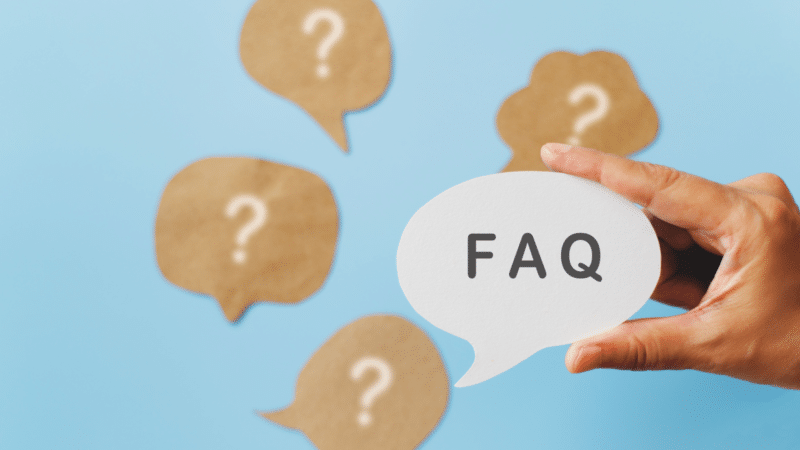Solana Pay, a decentralized payment protocol by Solana Labs, has integrated its plug-in with Shopify, allowing millions businesses on its platform to use it for payments, TechCrunch was told exclusively.
Solana Pay launched in February 2022 and is built on top of the layer-1 blockchain Solana. USDC, the second largest stablecoin with a market capitalization of $25.9 billion, will be the initial payment option for this integration, Josh Fried, business development and partnerships at Solana Foundation, told TechCrunch.
Going with USDC first wasn’t unintentional. Most merchants probably are probably more willing to accept something so closely tied to the dollar. USDC is also more regulated than, say, many altcoins, and consumers in general are already used to transacting in digital dollars. But the protocol will consider adding cryptocurrencies like SOL and BONK in the future, Fried said.
Shopify accounts for 10% of total U.S. e-commerce and $444 billion worth of global economic activity, according to its website. The Solana ecosystem has over 11.5 million active accounts; Solana Pay has been adopted by big crypto names like Circle and Phantom as well as payment processors like Checkout.com and Citcon.
“Some people argue the killer app for crypto hasn’t arrived, but it has: it’s payments,” Fried said. “[Everyone] should be doubling down on this.”
Credit card processing fees usually cost a business between 1.5% and 3.5% per transaction, but using the Solana Pay option is practically “fee-free,” Fried said. The average cost per transaction on Solana’s blockchain is $0.00025, or fractions of a penny. Of course, Solana has dealt with downtime issues in the past, which in itself has a cost. But the blockchain reported 100% uptime in Q2, so things are getting better. It’s also worth noting that Shopify also entered the credit card space in July by launching its own business credit card for merchants.
The integration can also help merchants set up loyalty programs with “little development,” Fried said. These reward systems can be as simple as launching NFT loyalty tokens that would transpire when a consumer checks out and if they return to buy something again and use Solana Pay, the store can give them a discount.
A few crypto-focused teams and brands like Helius, Mad Lads and MonkeDAO have also agreed to integrate Solana Pay on their Shopify storefronts, Fried shared. Any Solana-centric crypto wallet that has integrated with Solana Pay like Phantom, Solflare and Glow, will be able to connect to the plug-in.
Shopify isn’t a stranger to crypto payment options, either. In February, it launched a number of blockchain-enabled commerce tools and features to help merchants build tokengating applications. Shopify already integrates with other payment applications like Coinbase Commerce, Strike, Crypto.com and BitPay.
In general, Solana Labs sees its blockchain as “perfectly suited for payments,” Fried said. There’s no intermediaries, bank fees, chargebacks and holding times, he said. “You need speed at the point of sale for merchant payments. No one wants to sit on a website to wait for wallet transactions. Similarly in a point of sale in a store, can you imagine waiting three minutes for your payment to go through? No one wants to do that.”











